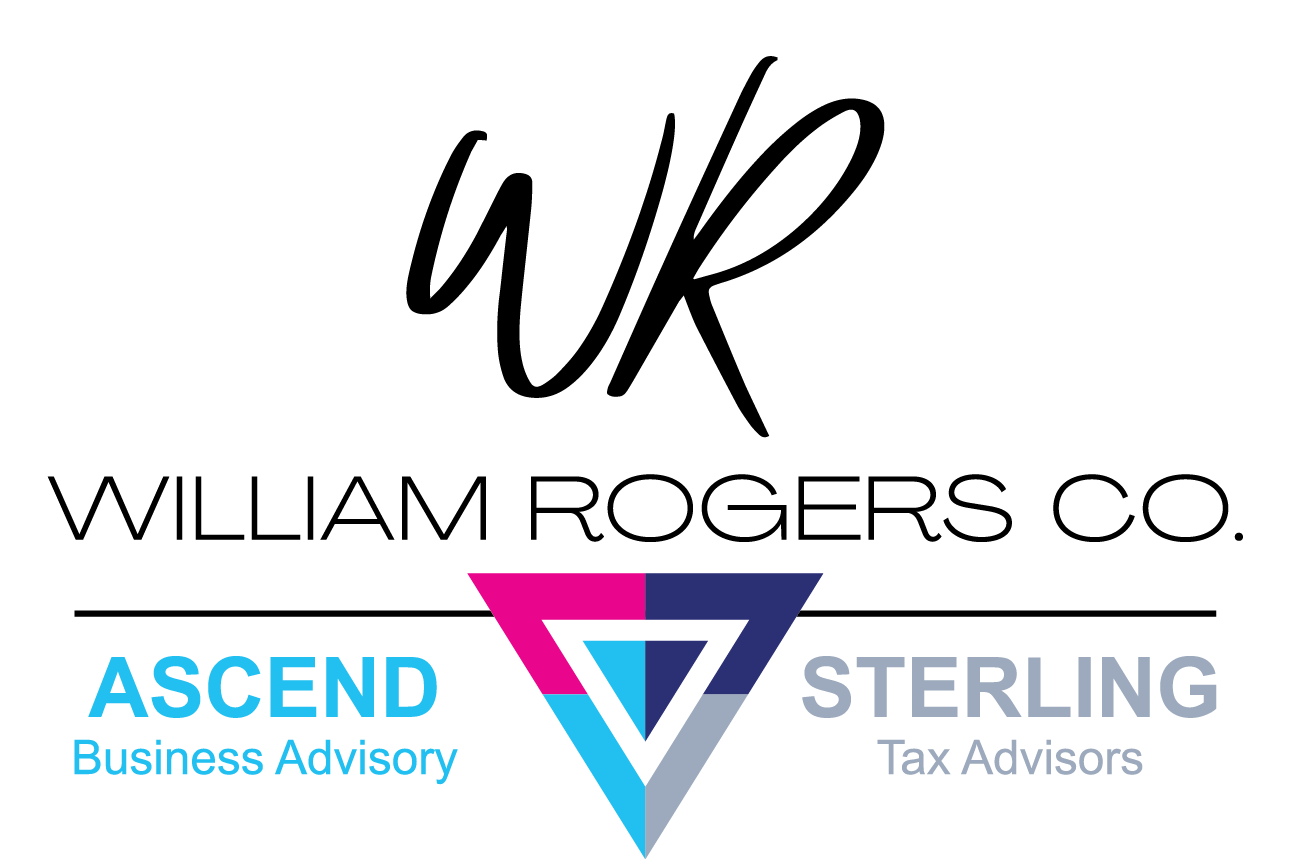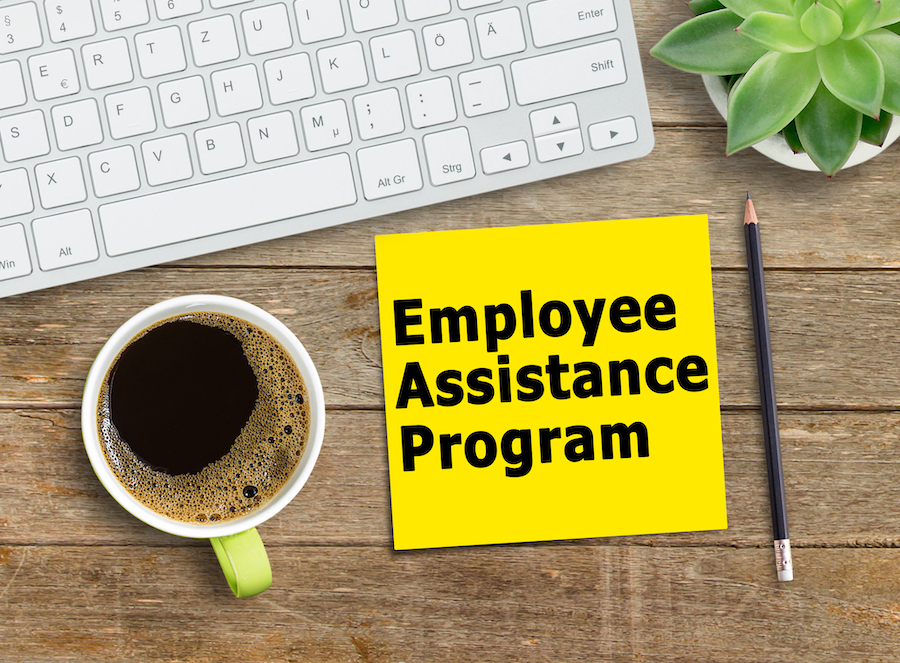Today’s business landscape is dynamic and rapidly changing, where the value of knowledge and continuous learning is at an all-time high. An Education Assistance Program (EAP) can be a remarkable tool for both employees and employers, creating a win-win scenario in the workplace. By helping employees further their education, businesses can foster growth, increase productivity, and create an environment conducive to innovation. Here’s how to leverage this powerful tool to benefit everyone involved.
Empowering Employees Through Continuous Learning
Education Assistance Programs are designed to help employees pursue educational opportunities. These programs can cover everything from tuition for degree programs to fees for professional certification courses. Here’s how employees can make the most of these programs:
- Improve skills and knowledge: EAPs provide the chance to gain new skills and enhance existing ones. This can lead to improved job performance and more opportunities within the organization.
- Boost job satisfaction and morale: The financial support and opportunity for professional development can greatly increase morale. Team members who feel appreciated are more likely to be engaged and motivated at work.
- Career advancement: By gaining further qualifications, employees can open doors to promotion and career advancement within the organization.
Driving Business Success Through Employee Development
Education Assistance Programs are not just beneficial for employees; they can also drive business success. The advantages for businesses include:
- Talent retention: Investing in your employees’ education signals that you value their contribution and see a future for them in your organization. This can significantly increase employee loyalty and reduce turnover.
- Improved performance and productivity: As employees upgrade their skills and knowledge, they can apply what they’ve learned to their roles, potentially boosting performance and productivity.
- Attracting top talent: An EAP can make your company more attractive to prospective employees. Top talents often seek employers who invest in their professional growth.
Strategies To Maximize The Benefits Of Education Assistance Programs
To make the most of Education Assistance Programs, both employees and employers can follow these strategies:
- Align the program with business goals: For employers, it’s important to ensure that the EAP aligns with the business’s strategic goals. This might involve focusing on courses that develop skills relevant to the company’s operations or future plans.
- Communicate clearly: Make sure all employees are aware of the program and understand how they can take advantage of it. Clear communication about the benefits and processes is vital.
- Encourage utilization: Employers should encourage employees to make use of the EAP. This could involve showcasing success stories or offering flexible working arrangements to accommodate study.
- Regularly review and adjust the program: As business needs and educational offerings evolve, so too should the EAP. Regular reviews and adjustments will help keep the program relevant and effective.
Leverage Education To Secure A Thriving Future
Education Assistance Programs are a powerful tool for personal growth and business success. As employees upgrade their skills, businesses benefit from increased productivity and talent retention. When implemented effectively, EAPs can be a driver of business success and a catalyst for a thriving, knowledge-based organizational culture.
The William Rogers Company, a leading business advisor in Southern California, can assist small-to-medium-sized businesses in implementing and maximizing the benefits of Education Assistance Programs. Schedule a call at 888-297-3321, and let’s unlock your business’s full potential.
Disclaimer: This Content is for informational purposes only, you should not construe any such information or other material as legal, tax, investment, financial, or other advice. This is not financial advice. Consult with your financial advisor.

